
views
Steps
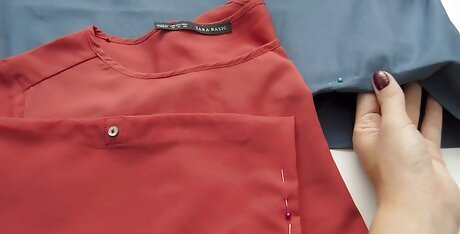
The following hemming tips will work for hemming sleeves or any other hemming project.

Buy a spool of thread. Take a scrap of fabric with you when you go to purchase the thread. Select a thread that closely matches the fabric scrap. If you do not have a fabric scrap, take the shirt with you to the store. Once again select a thread that closely matches the color of the fabric.
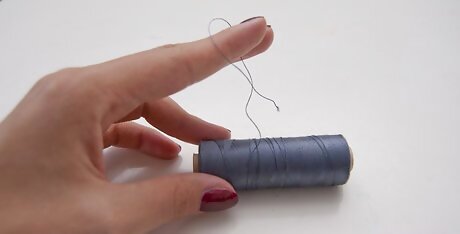
Select a good, quality thread. Quality thread will be smooth and look fine. Poor quality thread is usually thick and coarse. Using a top quality thread will add extra polish to any project while adding durability. Also a quality thread is kinder to your sewing machine which means the sewing machine will have fewer problems with sewing tension.
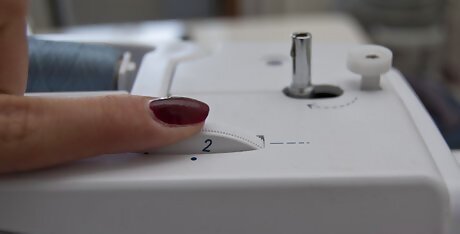
Most sewing machines have standard settings you can use to blind hem. You can also use a straight stitch to hem. Select 10 to 12 inches (25.4 to 30.5 cm) for sewing hems. This is the standard stitch length for almost all sewing projects.
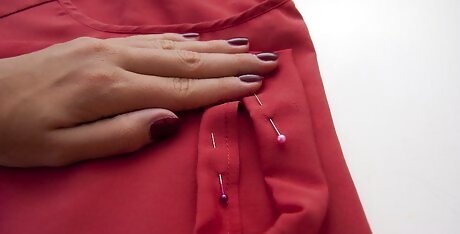
Decide what type of hem that's needed. Most shirt sleeves can be hemmed using a turned-up hem. The following steps will guide you through sewing a turned up hem.
Turned-Up Hem

Mark the hem using a hemming gauge.
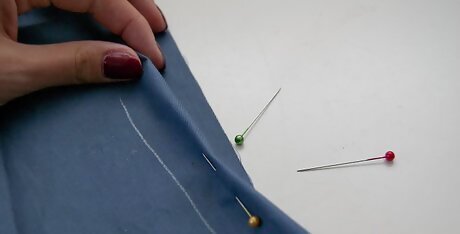
Turn up the hem and pin it to the fabric. Use sewing pins to pin up the hem. For fine fabrics be sure to use sharp fine pins to protect the fabric from developing holes.

Press the hem using lots of steam. Use a pressing cloth to protect delicate fabrics.
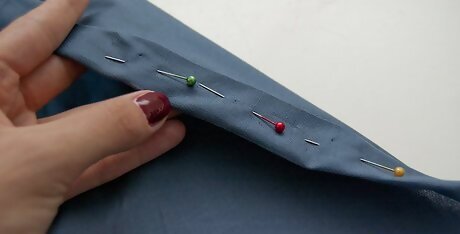
Turn the hem up again matching the turned up width, while removing the pins as you go, and pin the hem again to make a double-folded hem. Pin this hem.
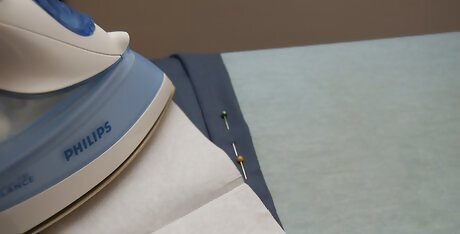
Press the hem again. Remember to use a pressing cloth, if needed, to protect fine fabrics.
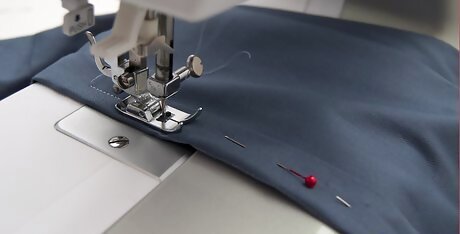
Hand sew using an invisible hemming stitch, or select the invisible hemming stitch on your sewing machine, or use a straight machine stitch to sew your sleeve hem in place.
Single Fold Hem with Edge Finish
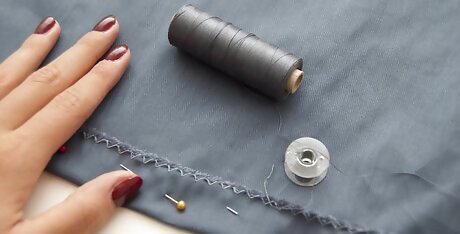
Single fold hem. A single fold hem that has a zigzagged edge and is good for almost all types of fabrics. The hem is edge finished with a zigzag stitch, turned up, pressed and sewn with a catch stitch or a blind hemming stitch. This type of hem reduces bulk and works with most fabrics.
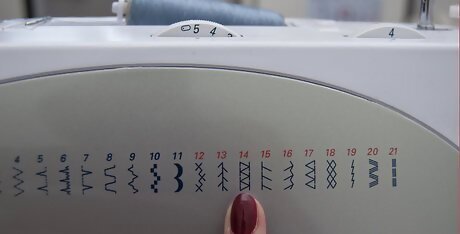
You could also serge the edge finish instead of the zigzag stitch.
Lettuce Edge
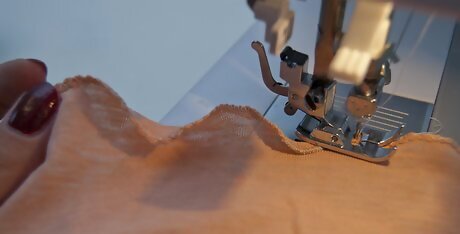
Sew a lettuce edge hem. Sewing a lettuce edge hem works very well for knits or lingerie. You can either turn up a small (3/8-inch) hem and sew a zigzag stitch or use the zigzag stitch as the only hem. The sleeve will be edge finished with the zigzag stitch. When the hem is finished it will be wavy and look like a frilly lettuce leaf. This hem is good for feminine clothing and is a quick hemming finish. You could also serge edge the hem and, in fact, the serger does a better job than the sewing machine when sewing this hem.
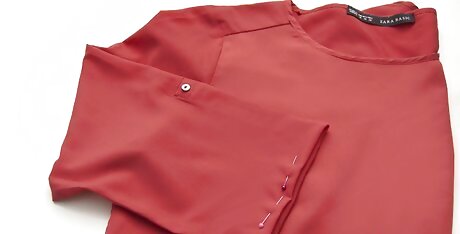
Finished.
















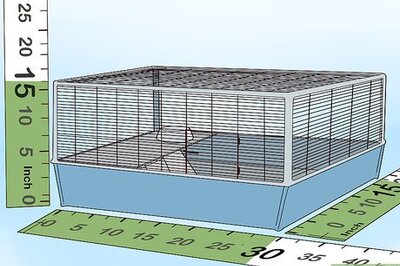



Comments
0 comment